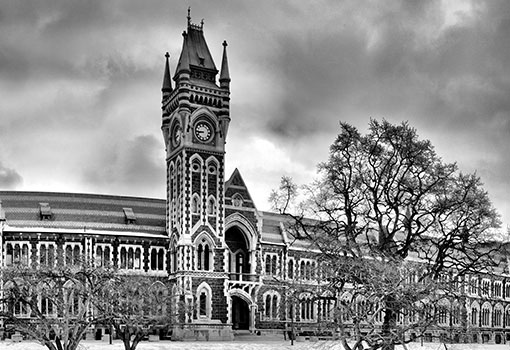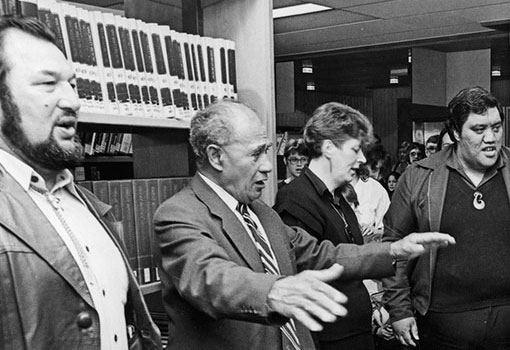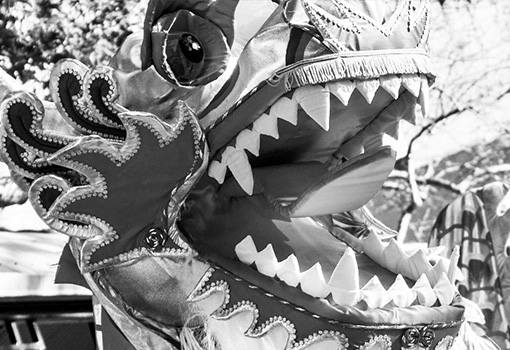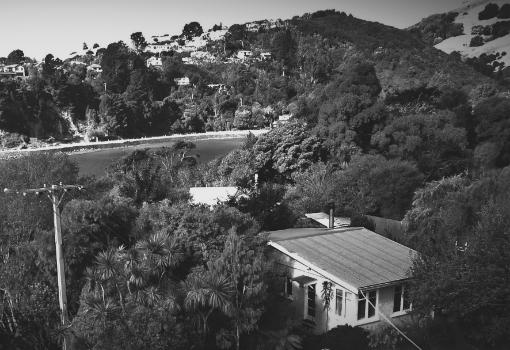Hopes of nation on 15 men
Posted: Monday Jul 19, 2021
Prolific Dunedin author Ron Palenski has again been busy. His new book, Brutal: The 100-year fight for world rugby supremacy, charts the history of rugby tests between the All Blacks and the Springboks.
This year, the 100th test will be held between the great rivals in Dunedin - and it will be 100 years since the first, also held in the city.
In this extract, Palenski paints a picture of the test at Carisbrook during the great 1956 tour.
The news that all of New Zealand wanted to hear came late on the afternoon of the Otago game. Morrison, Marslin and Sullivan gathered in a dressing room under the stand at Carisbrook, with Stuart waiting anxiously outside like a soon-to-be father, and decided on who would bear the expectations of a nation on their shoulders the following Saturday.
Carisbrook had no chimneys but if it had, no puff of white smoke would have been more keenly anticipated. Finally, the word came out.
As ever, there were surprises. Pat Walsh, just twenty, was at fullback, as he had been in trials, benefiting from some indifferent games by another of great promise, Don Clarke. Kevin Stuart, Bob’s brother, had also played in the trials but it was evident he was not going to add to his one test from the previous year.
The only players new to test rugby were the Canterbury halfback, Pat Vincent, a schoolteacher of diverse talents, and the Wellington captain against the Springboks, Don McIntosh. He was a Petone man and reinstated the noble record of Petone having someone in every series against South Africa except for 1949 (when Roy White could have been chosen but wasn’t; White got his trip in 1974 when he managed the Petone team to South Africa).
Why, people wondered, did the selectors go for three locks - Bob Duff, Richard White and Stan Hill?
The latter two were Tiny by nickname but not by stature. Danie Craven, who waited around Carisbrook to hear the team announcement along with hundreds of others, could deduce the answer: they want to dominate us in the forwards.
While the Springboks stayed in Dunedin for the week, the All Blacks arrived in dribs and drabs in Oamaru on the Tuesday and Wednesday, there to come under the primary care of Bob Stuart but with the three selectors never far away. Their first training was at Stuart’s old school, St Kevin’s, where someone may well have inquired why another old boy
of the school, Kevin Skinner, was not there.
The next day they crossed the main road and trained at Waitaki Boys’ High School, where the headmaster was Malcolm Leadbetter, a champion sprinter of the 1930s and father of an Otago wing of the fifties. Don. Stuart confessed to spending most of his time getting to know players he’d not met previously and drawing together the disparate provincial skills and attitudes into a national cause.
Craven had let it be known that he thought the Springboks’ defeat of Otago had been their best performance of the tour, but with Craven comments there was always the possibility he might think something entirely different. People who went to watch them train could deduce little about a likely test team because Craven mixed players around. The only safe prediction was that Roy Dryburgh was likely to be at fullback instead of Viviers, in which case the South Africans would need a captain.
That worthy proved to be ‘‘Salty’’ du Rand, the man originally intended as the tour captain. The first test thus became the first time du Rand captained the Springboks in a test and, in a significant distinction for him, it was his eighteenth and equalled the South African record held by ‘‘Boy’’ Louw.
The population of New Zealand in 1956 was just over 2.2million; very few of them would have been oblivious to what happened in Dunedin on July 14, 1956. Some may not have cared, some may not have understood, but Carisbrook was the cynosure of all ears that day - an improbable 40,000 crammed into Carisbrook, the rest listening to radios from which the unmistakable voice of Winston McCarthy rose and fell in cadence to match the play.
Those in the crowd had to have been there most of the day, some of them even overnight.
Men who had been thrust shoulder to shoulder on the terrace before knew to take bicycle tubes because getting to toilets was just about impossible. People who couldn’t get into the ground lined the railway line above it - and the Railways Department stopped trains - and lined the South Road above that.
As Chris Laidlaw and other schoolboys and girls could recall into the late afternoon of their years, they sat on planks just feet back from the touchline in front of the terrace. Only the touch judge and St John people were between them and the players.
Players say test matches pass in a flash. No sooner do they start than they end. For some matches, that’s the case for spectators, too, and they’re left at the end waiting for more, like at the end of a television serial and they want to see next week’s episode now.
With hindsight and cinefilm coverage, the rugby may not have been high quality: the occasion was the thing, the importance of it and the impact of it on the rest of the series. A first penalty goal by Dryburgh within ten minutes, the first worrying signs of the Springbok scrum heaving back against the All Blacks.
The first stoppage as a St John man and the All Blacks’ masseur, Charley Buckley, ran out to tend this or that forward. Ron Jarden kicked an up and under and Daan Retief, the Springbok flanker, wasn’t quick enough to clear; the All Blacks forwards drove on and somehow Tiny
White emerged and dived over the line. Jarden converted and New Zealand were in front 5-3.
Jarden was the man again not long after. The South Africans attacked in front of the main stand, Jarden intercepted and sprinted forty metres to score, then converted his own try. The only score in the second half was when centre Bennett (‘‘Peewee’’) Howe got down wide out but Dryburgh hooked his conversion attempt. First blood to New Zealand. But there was a cost to both teams.
Mark Irwin, buckled and bent in the scrums, couldn’t play again in the series. Wing Jan du Preez, like Howe playing his first test, had his left leg broken and his tour finished; flanker Dawie Ackermann was also carried off but was able to resume playing after a couple of weeks. There were other scrapes, cuts and bruises to tally up as exhausted players, physically and emotionally drained, slumped in their dressing rooms.
GIVEAWAY
The Otago Daily Times has three copies of Brutal to give away, courtesy of Upstart Press. To enter the draw, email your name and a daytime contact number to the sports editor (hayden.meikle@odt.co.nz) by noon on Friday, July 16. One entry per person, and winners must collect the prize from the ODT office in Dunedin.



